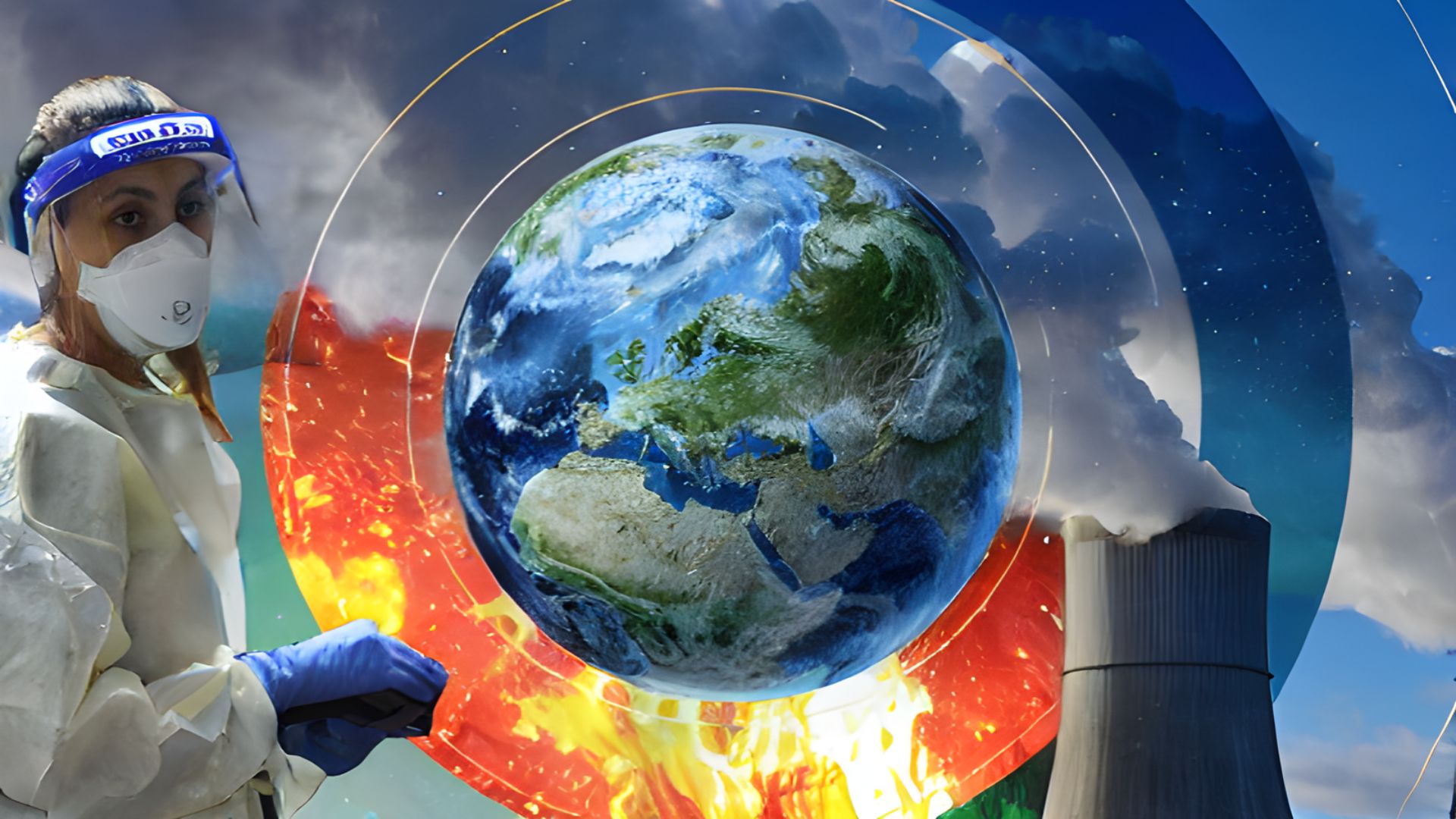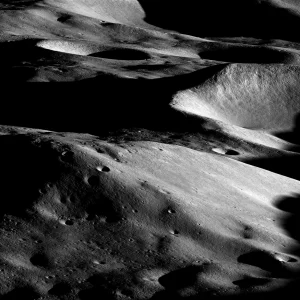Climate Changes Caused Pandemic Outbreak Through History, New Study Finds
13th Feb 2024
Scientists have revealed a link between changes in temperature and rainfall and the beginning of pandemics. Specifically, they propose that stress induced by climate conditions could have been a contributing factor in initiating these outbreaks.
Roman Times climate research details
Recently, the researchers from MARUM (Center for Marine Environmental Sciences and the Department of Geosciences at the University of Bremen), in collaboration with the University of Oklahoma in the USA, made a detailed climate history of the Gulf of Taranto (Italy). They studied the sediments on its seafloor and then connected this information with instances of pandemics that happened during the time of the Roman Empire.
In the research published in Science Advances, the scientists analyzed temperature and precipitation trends from 200 BC to 600 AD with an exceptional resolution of three years, offering a more intricate look at climate variations. This detailed approach covered the Roman Climatic Optimum through the Late Antique Little Ice Age, incorporating three major pandemics documented in history: the Antonine Plague (around 165 to 180 AD), the Cyprian Plague (around 251 to 266), and the Justinian Plague (starting around 540).
Extreme cooling causes pandemics
The findings reveal that every one of these pandemics occurred in conjunction with a shift in climate. The Antonine Plague happened during a cold period that ensued after several decades of cooling and drought. The Cyprian Plague aligned with a subsequent phase of intense cooling. Lastly, the Justinian Plague transpired following a period of extreme cooling in the 6th century.
Tiny oceanic organisms to investigate climate change in the past
Professor Karin Zonneveld from MARUM and the Department of Geosciences at the University of Bremen and her team used tiny organisms called dinoflagellates to figure out what the weather was like in the past. These tiny creatures live in the sunny part of the ocean and leave behind fossils on the ocean floor. Dinoflagellates have different preferences – some like cold water, some like warm water, and some need a lot of nutrients while others like clean water with fewer nutrients.
According to Zonneveld, if the conditions in the upper waters change, the types of dinoflagellates that end up on the ocean floor change too. This gives a very detailed record of past conditions – even more detailed than what we can get from tree rings in this area.
Investigating Volcano Activity for understanding climate history
Also, Karin Zonneveld and her team studied samples from a core in the Gulf of Taranto to understand past volcanic activity. Volcanic ash, created by eruptions like Mount Vesuvius in 79 AD, falls into the sea, forming a layer called cryptotephra on the ocean floor. Using a microscope, they examined tiny glass particles in the ash, unique to each volcano. By linking these particles to known volcanic eruptions, they precisely dated the core sediments and understood the region’s volcanic history.
Working collaboratively, Karin Zonneveld and historian Professor Kyle Harper from the University of Oklahoma uncovered a crucial connection between climate and pandemics. Recognizing the missing piece of the puzzle, they joined forces, comparing precise climate data and glass particle analyses with historical events.
Stress triggered by climate change causes many diseases
They suggest that stress induced by climate variations might serve as a catalyst for pandemic outbreaks or exacerbate disease occurrences. Additionally, this could occur due to factors such as food shortages, making people more vulnerable to diseases.
Crucial conclusions about climate change for the future
Harper and Zonneveld highlight the potential significance of this information for the future. While acknowledging the stark differences between ancient and modern societies, they emphasize the enduring importance of climate in influencing essential aspects of well-being.
Factors like agriculture, clean water access, biodiversity, geographical distribution, and organism migration continue to be affected by climate, akin to Roman times.
Obviously, examining how ancient societies coped with climate change and its connection to infectious diseases could provide valuable insights into contemporary climate-related challenges.






Thank you for your comment! It will be visible on the site after moderation.